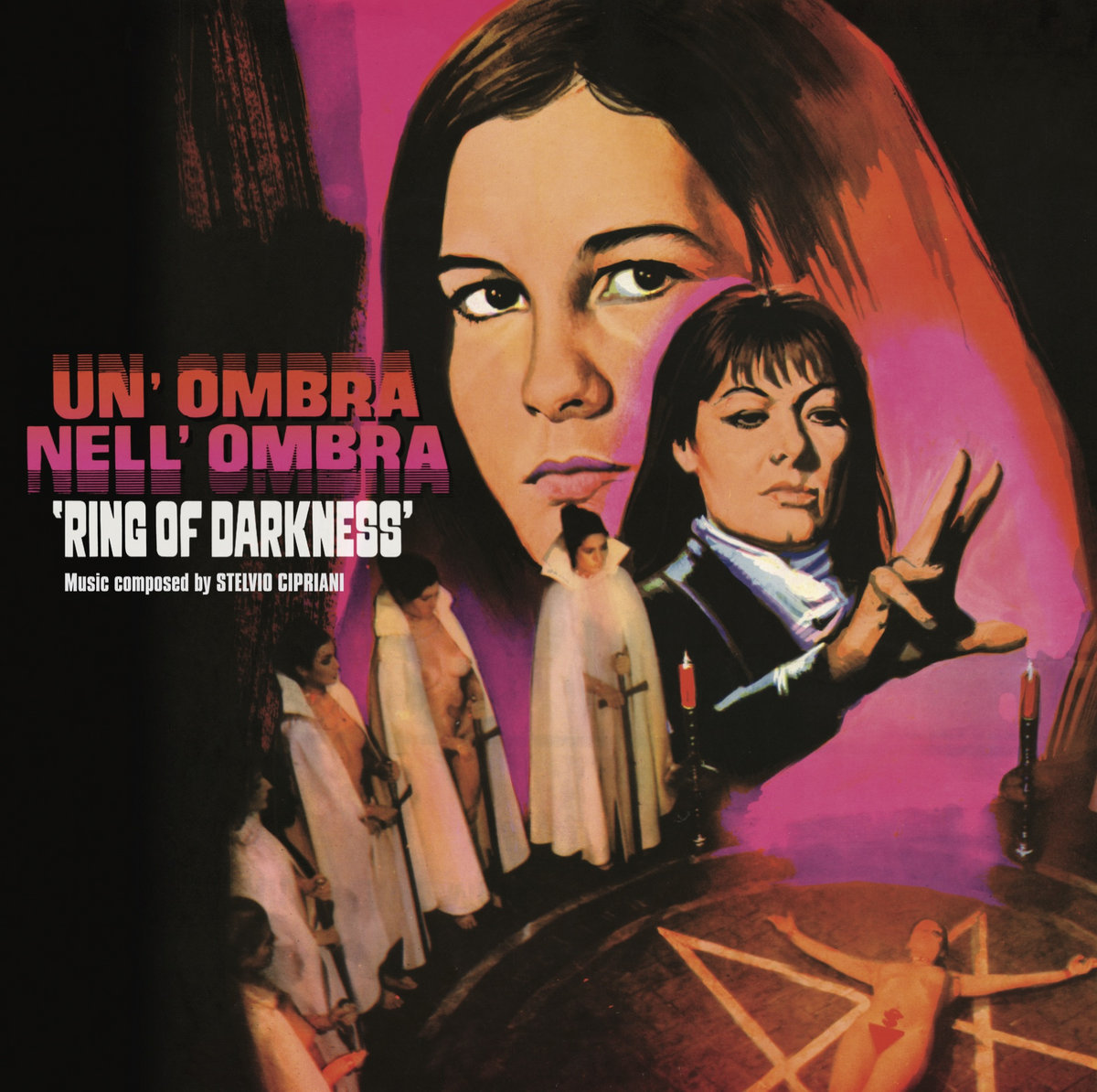Un'ombra nell'ombra
Pier Carpi’s occult novel, Un’ombra nell’ombra, was published in 1974 and rode in on a wave of occult inspired literature and film that was sweeping world audiences during the late ‘60s and early ‘70s. With the success of William Peter Beatty’s 1971 novel, The Exorcist, and Ira Levin’s 1967 novel, Rosemary’s Baby (both of which, of course, were turned into blockbuster films), the stage was set for Carpi to throw his hat into the ring. Signore Carpi was a much sought-after writer, who aside from novels, worked on film scripts, comics, essays, and was creator, director, and editor of Horror magazine - a bimonthly periodical which featured a collection of essays, short stories, and fumetti (photo comics), and which fed the insatiable appetites of the giallo pulp crowd. He had remained a prolific writer up until his untimely death in 2000 at the age of 60.
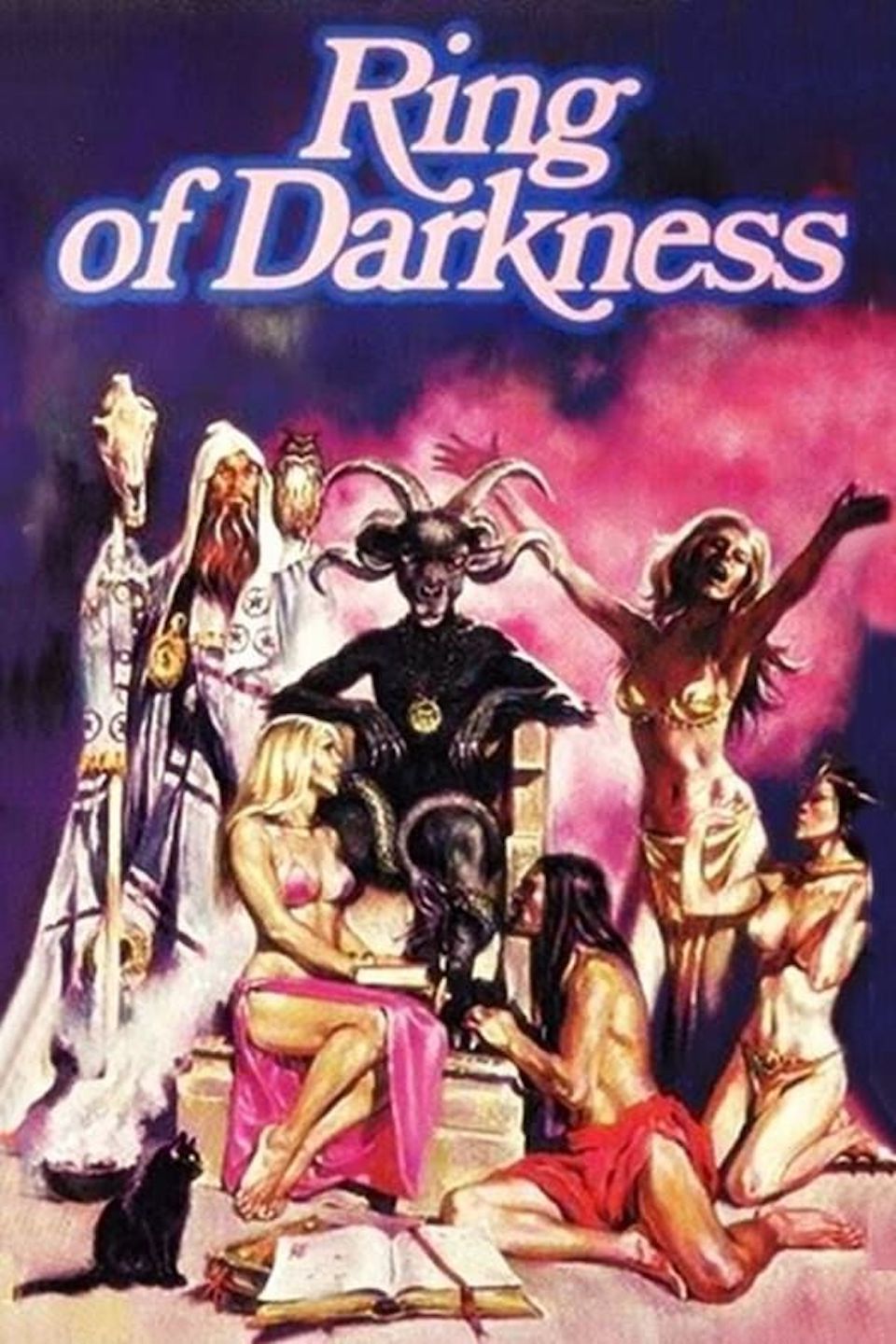
Several years after the publication of his novel, Carpi would eventually adapt his work into a screenplay for the theatrical version (under the Anglicized nom de plume of Peter Karp). Also known as Ring of Darkness and Satan’s Wife, and without giving anything away, the story revolves around a coven of four women who, in their youth, partake in a witches’ Sabbath and make a pact with dear old Lucifer, which results in them possessing both arcane knowledge and the inability to have intimate relations with other men. Years later, one of the women’s precocious 13 year-old daughters realizes that she’s inherited mysterious powers (from her father?), and above all, is not afraid to use them. Mischievousness ensues as her mother and fellow coven members try to take action to reign in her daughter and save her from the dark powers which now possess her.
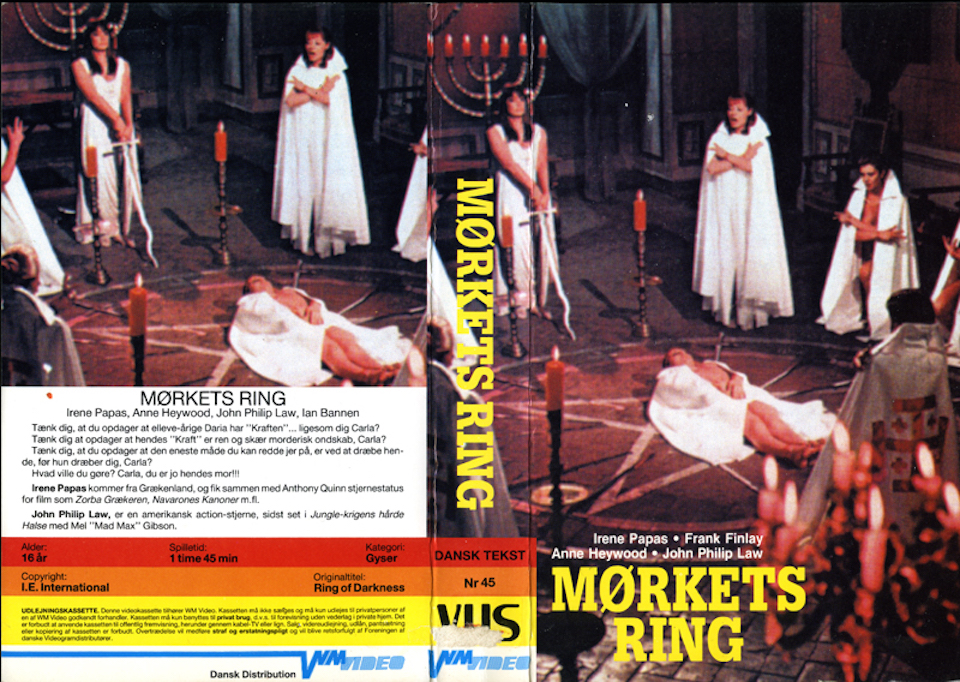
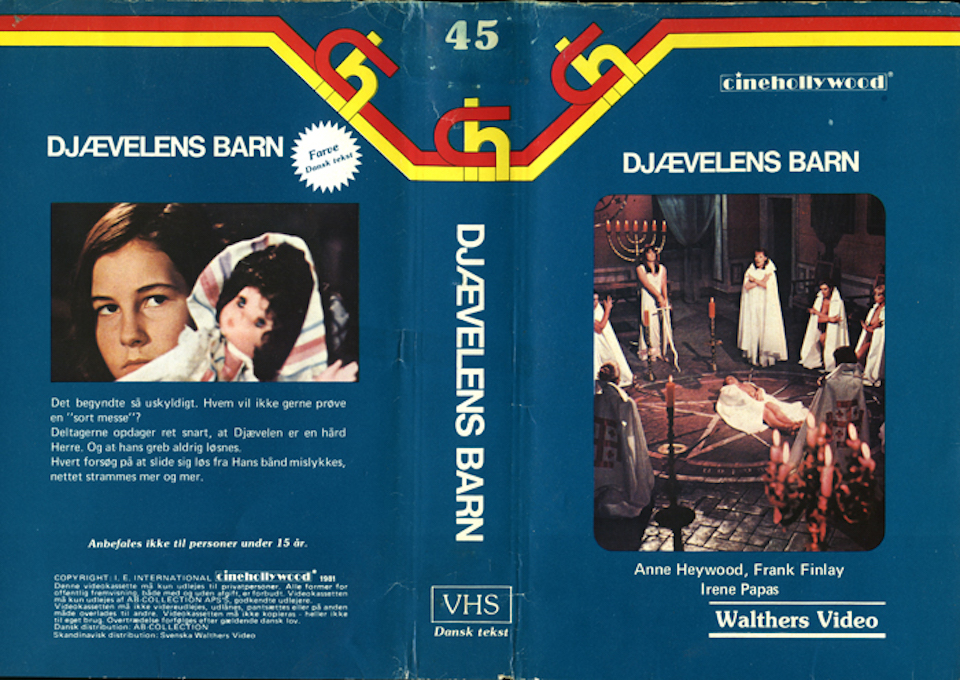
Un’ombra nell’ombra was released in the autumn of 1979, and unlike the aforementioned heavy weight influencers, was a box office flop. According to author Fabio Capuzzo in his book Goblin: Seven Notes in Red, the film is “renowned as a cult trash film…surely because of the opening scene of the witches’ Sabbath.” The scene he’s referring to involves a comical ballet number featuring a troupe of scantily clad dancers – clearly not what one would expect from a traditional black Sabbath ritual. This scene, nonetheless, introduces us to the four coven members as they wholeheartedly give themselves to Lucifer. The role of Carlotta, the teenager’s mother, is played by Golden Globe nominated actress Anne Heywood. Miss Heywood’s screen presence in this film demands attention, that is without question. The dynamics of the relationship between her character and that of her 13 year-old daughter Daria (played by Lara Wendel), are quite evident and convincing, in both spoken dialog, as well as in unspoken mannerisms. One can feel the tension between the two as the story unfolds. In fact, Heywood and Wendel both set the tone from the onset of the film. Anne Heywood is a British actress, and former Miss Great Britain winner (1950), who’s most noteworthy performance was in Mark Rydell’s 1967 Canadian film, The Fox, for which she received a Golden Globe nomination for Best Actress in a Motion Picture - Drama. By the time Un’ombra nell’ombra meandered its way around, Heywood had shifted her acting focus on not only Italian productions, but on more risqué works as well. Heywood was apparently not terribly afraid of baring her wares (see, for example, the October 1967 issue of Playboy). In other words, Heywood found her groove and ran with it. The role of Daria was played by 14 year-old German actress Lara Wendel. Miss Wendel already had quite the impressive filmography by this time, including roles in Tonino Valerii's giallo masterpiece My Dear Killer, Fernando Di Leo’s poliziotteschi crime thriller The Italian Connection (a.k.a. Manhunt in the City, or Manhunt), Francesco Barilli’s stylistic giallo The Perfume of a Lady in Black, and several others. Several years later, she would go on to star in Dario Argento’s Tenebre. With a résumé like that, she was and is no stranger to Italian cult cinema. Wendel nails the role of the demonic teenager with seemingly effortless ease and gusto, and as with any good possession film, her back and forth struggles with Heywood’s character are at the forefront of the story. Mother and daughter bickering done right…and convincible, considering we’re dealing with an English overdub. In one scene, Daria abruptly interrupts a fellow student’s presentation on the accomplishments of Charlemagne, and then proceeds to lecture her teacher in a sassy tone. In another, Daria confronts her same teacher and tells her that they (she and her former coven members, including Daria’s own mother), are all stupid and that they are wasting their time trying to stifle her plans for world domination. Clearly Daria possesses the traits that are the prerequisites for any demonic child.
Upon my first viewing of this film, the thing that immediately stood out to me was the score by Stelvio Cipriani. Though the soundtrack was composed by the late maestro, the music itself was recorded and performed by Italian prog-rock masters, and Argento veterans, Goblin. That’s right, the goblins are the culprit and shine is this endeavor, and as a result, the score has that distinct Goblin sound we all know and love. Claudio Simonetti, along with the late ‘70s line-up of Massimo Morante, Fabio Pignatelli, and Agostino Marangolo, recorded this album around the same time as their work for Antonio Bido’s 1978 giallo classic, The Bloodstained Shadow (a.k.a. Solamente nero - another Cipriani composition) and feature some of the same sonic elements, percussion, and keyboard work. Some themes are even repeated! It’s almost as though this, or the latter, could be unused cues from either of the recording sessions. Another reason this music may sound familiar is because several cues appear in Juan Piquer Simón's 1982 slasher Pieces. That’s right, several of the cues from Un’ombra… ended up on the Pieces soundtrack, most notably the cue Death Watch, which is featured in the opening title sequence of the international print (the Spanish version, entitled Mil gritos tiene la noche, features an entirely different score by Librado Pastor). How did this happen, you might ask? Post release of Un, ombra…, the Italian library CAM (Creazioni Artistiche Musicali) compiled cues from this score, as well as cues from Fabio Frizzi’s work for Zombi, and selections from Carlo Maria Cordio, Marcello Giombini, Carlo Savina, and Cipriani, amongst others. Needless to say, this record, entitled Electronic Sound (CML - 182), was pressed in extremely small quantities, and as a result, fetches quite an impressive sum (but that’s an entirely different discussion). Another brilliant aspect of the film presentation is that the music level is nice and loud whenever it kicks in - prominently pushed high in the final mix (especially when the camera zooms in on Daria’s evil stares). For those of you fellow Goblin fanatics, I think you’ll be pleased with the end result.
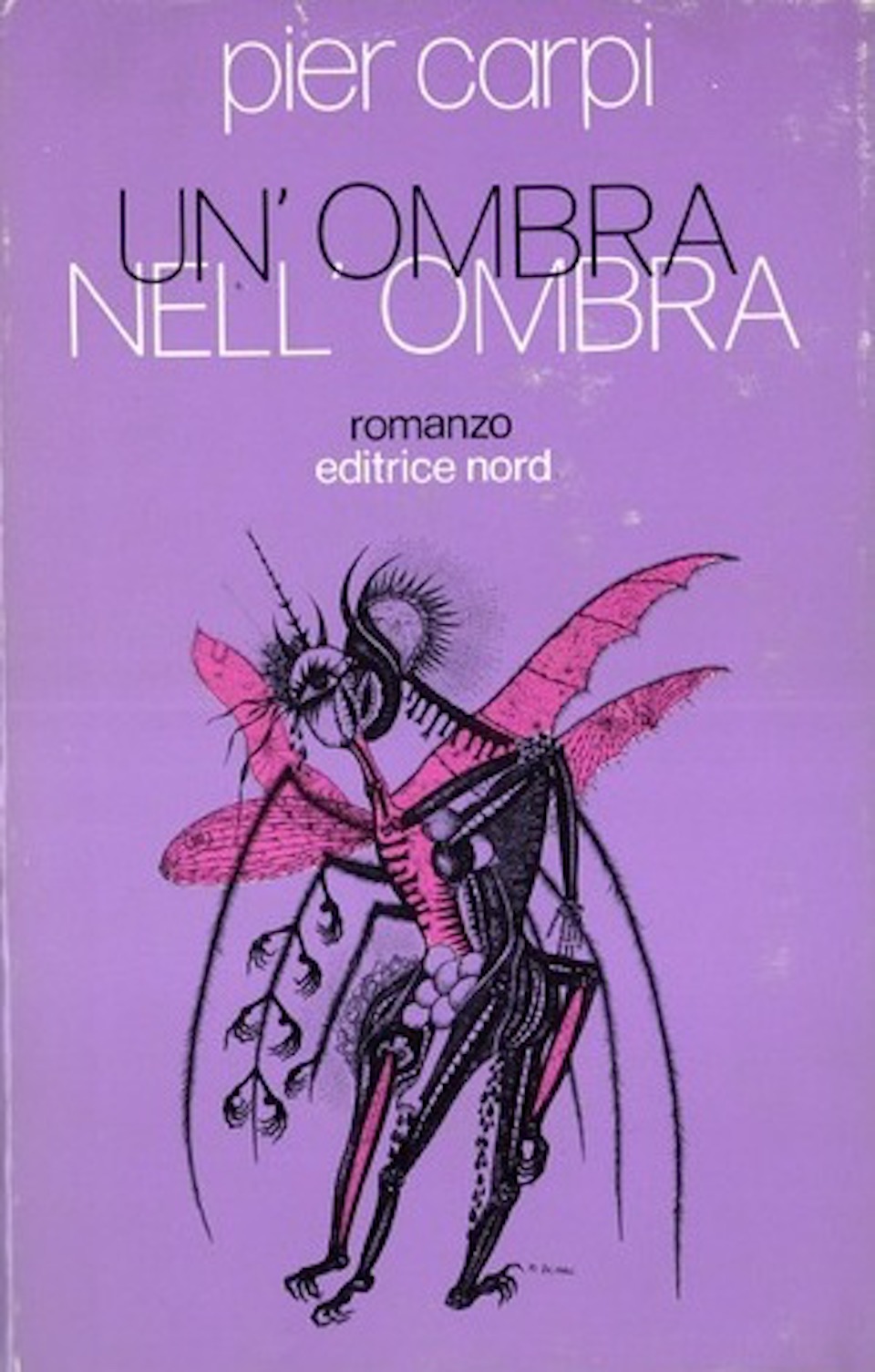
If you do decide on checking out this film for yourself, your best option at the moment is either to watch it on YouTube (Italian and English speaking versions were both available at the time I was writing this article), or by searching on Amazon under the title Satan’s Wife (released by Cheezy Flicks, the DVD runs around ten bucks). Bear in mind, no matter which route you decide to pursue, these are all sourced from poor looking VHS rips. With so many amazing films being scanned and retransferred in HD, why has this film yet to be released on blu-ray, you ask? According to my research, nobody knows who the rights owners are! I’ve researched and discussed this at length with several film and record company owners, and the general consensus is the original elements simply cannot be located. Until that happens, I’m afraid these are our best options.
-Alfonso Carrillo (@djalfonso)


